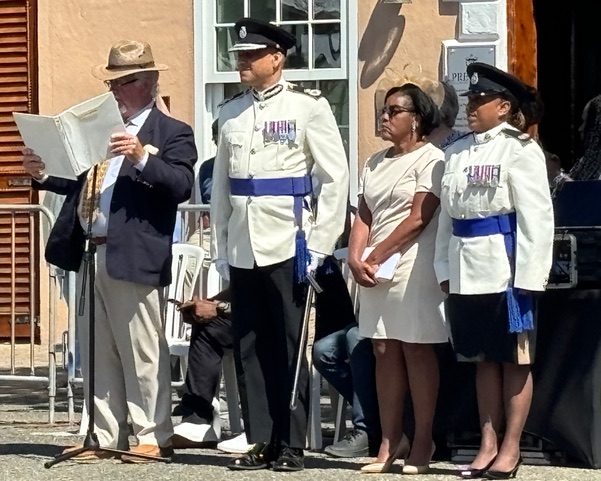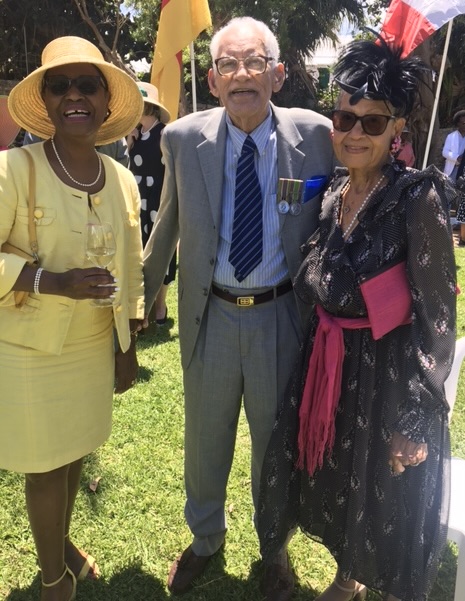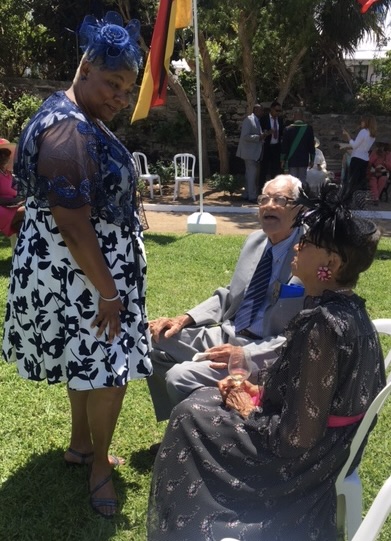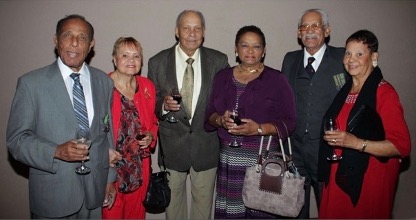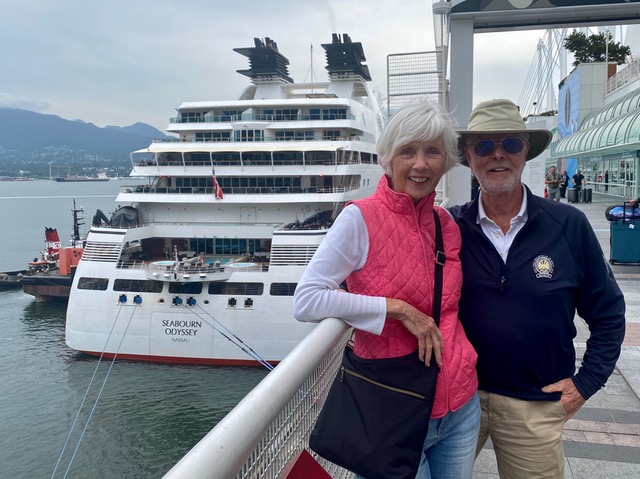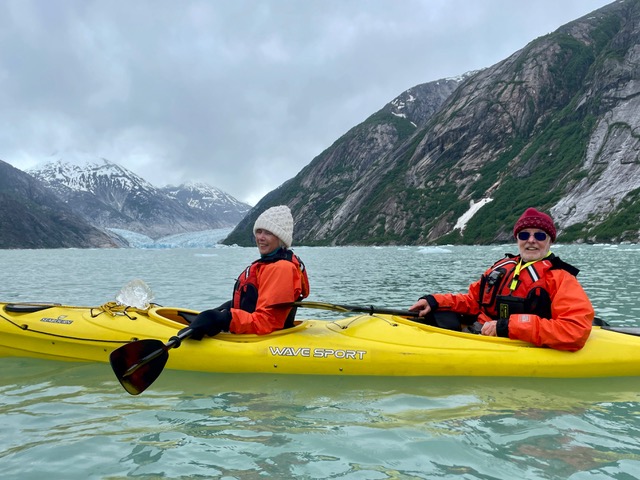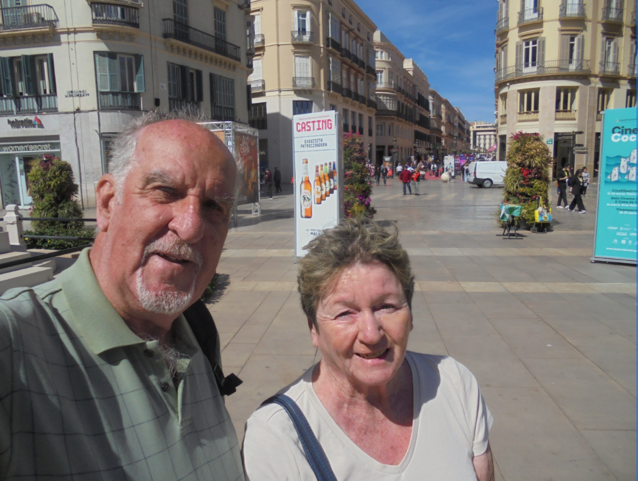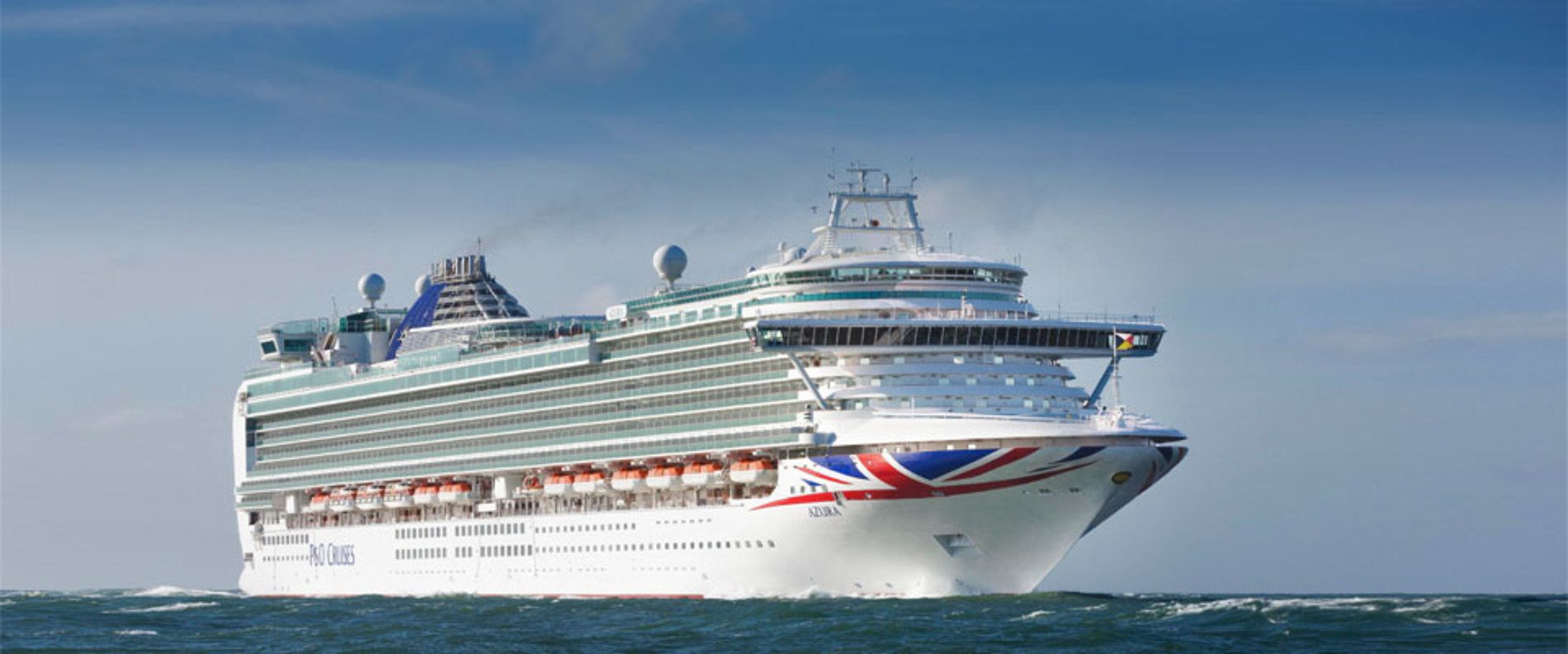Police Swoop on 'Girlie' Magazines
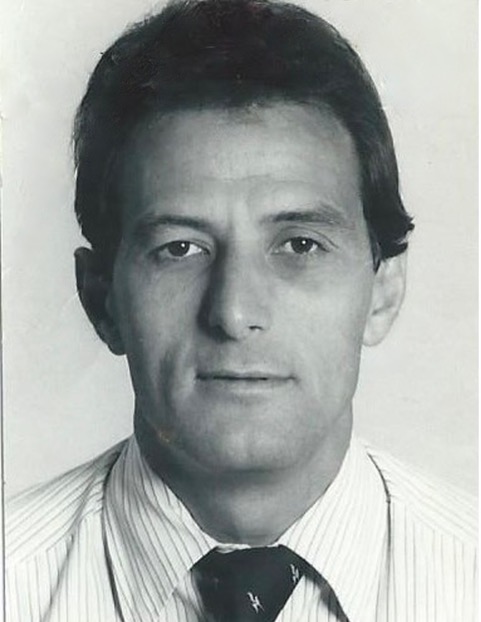 Det Chief Inspector George Rose
Det Chief Inspector George Rose
It is often said that most people know pornography when they see it. Others will argue that the classic nude marble statues of the Renaissance period in Europe together with oil paintings on canvass enjoy an erotic appeal to many observers and should never be covered from the gaze of others.
And then there are those publications which are said to contain ‘salacious’ material – magazines depicting photographs of scantily clad women. A variety of these “Men’s lifestyle magazines” were being sold by the thousands in Bermuda stores especially during the 1970’s and into the modern day.
It has been written that – “Girlie magazines reflect the changing social norms, attitudes, and aesthetics of their respective eras. They often pushed boundaries and challenge societal norms around sexuality and nudity. These magazines catered to male audiences and typically featured pin-up models, burlesque performers, and other alluring subjects. Girlie magazines have left a lasting impact on popular culture, influencing art, fashion, and photography. They’ve also contributed to the ongoing conversation about censorship, freedom of expression, and sexual liberation.”
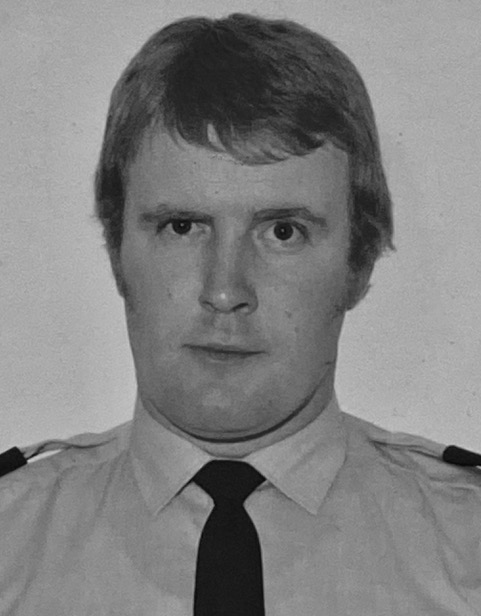
The following day, I spoke with Detective Sergeant Angus Brown and tasked him with liaising with CO Phillips with a view to commencing investigations into alleged breaches of Bermuda’s pornographic laws. I instructed him to select one of his team’s detectives to assist him and to keep the matter “under wraps”.
During the morning of Tuesday, May 7,1985 I reviewed with DS Brown his enquiries to date and supplied him with the name of a member of the public who wished to lodge a complaint of a similar nature.
The following morning, at the conclusion of his twelve-day investigation, DS Brown, Dc ‘Mitch’ Mitchell and I met with the Attorney General Saul Froomkin and the Acting Solicitor General Barrie Meade at Hamilton Police Station in the Allenhurst building on Parliament Street. Located in the basement were at least two large walk-in vaults within which were secured seized documents having to do with ongoing fraud investigations and the like including the pornographic video tape cassettes subject of this investigation.
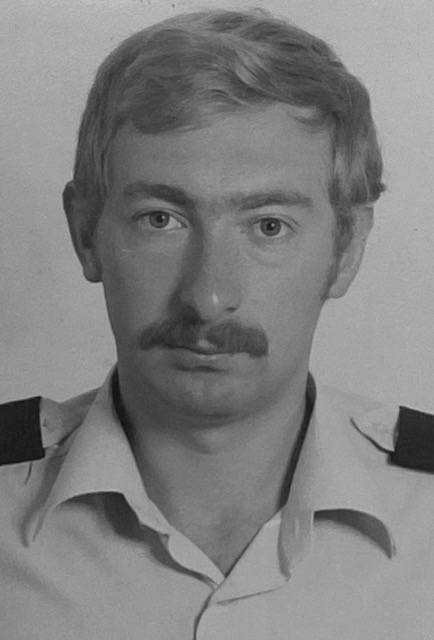
A selection of magazines purchased earlier by Dc Mitchell from four different stores in Hamilton were examined and a decision was made to obtain a Search Warrant for those premises. Access to these vaults were through keys controlled by D/Superintendent Sheehy who worked from an office in the station.
Dc Mitchell briefed the gathering on his noted observations the previous afternoon of having seen three teenaged boys in school uniform gathered around and examining the contents of various “girlie” magazines at a store in Hamilton. It was noted that none of the magazines were wrapped as required by law. The boys were moved on after some ten minutes by a passing elderly female staff member. Dc Mitchell saw piles of such magazines lying on the floor nearby awaiting placement on the shelves.
Immediately following the meeting, plans were laid with DS Brown and Dc Mitchell to draft an Information and obtain search warrants for four retail stores in order to seize all offending ‘girlie’ magazines within the premises inclusive of those in stock.
While I planned manpower requirements and strategy, Dc Mitchell reconnoitered each of the outlets over the lunch period in order to verify the current setup of each store to confirm there hadn’t been any changes.
At an arranged 3.00pm meeting, teams were allocated their store and briefed for the first time on a coordinated response. The four teams included DS Brown / Dc Mitchell; DS Shaw / Dc Harrison - together with two others. The Assistant Commissioner and Superintendent of CID were fully briefed about the impending search and intended seizures.
By way of explanation, although it was not illegal to offer these magazines for sale, Bermuda had regulations which controlled the display of such magazines as follows:-
The magazines must be:
Leading wholesaler Mr. Ward Young said his company would have to employ a worker to individually bind every issue, which he estimated would bump up the price by 33 cents per copy.
The President of Bermuda Magazine Distributors admitted the company had made a mistake. He said: “We tried to get our suppliers to bind them, but they couldn’t all do it, so it fell by the wayside. “Now we are going to do them ourselves,” said Mr. Young, whose company imports about 3,000 girlie magazines monthly. “There will be no more sold unbound, and I have issued instructions to all our stores and distributors to make sure that happens.”
Mr. Young, whose family also owns two of the stores hit in the ‘bombshell swoop’, described the actions as “excessive”. “It is a mistake, and we are sorry, but I would have preferred it if the Police had just telephoned and clued me in about the rules,” he said. “I was unwarned, but it’s my own fault. Ignorance is no excuse.”
Yesterday, as controversy over the subject continued to rage, it was revealed that targets for the surprise swoop were chosen at random on the advice of the Attorney General
The controversial Canadian Attorney General must now decide if the publications contravene the law, and, if so, whether or not to proffer charges. It is believed Mr. Froomkin, who recently applied for Bermuda status, ordered the raids in a bid to clamp down on what he sees as a proliferation of pornography on the Country’s magazine racks.
The man who masterminded the operation, Detective Chief Inspector George Rose, said the raids came at the end of a ten-day investigation into alleged breaches of the pornography laws.
And he confirmed: “The stores were chosen at random on the advice of the Attorney General.”
Reacting to criticism that the Police action was excessive, he said: “If we didn’t act, somebody would accuse us of dereliction of duty.”
The raids were personally carried out by Chief Inspector Rose with two other officers at the Phoenix Drug Store, the Clarendon Pharmacy, the Woodbourne Chemist and the Hamilton Pharmacy.
More than 100 magazines were taken away, including copies of Men Only, Playboy and Mayfair. It is alleged that they were illegally displayed.
Immediately after the raids, Government backbencher Mr. Harry Viera, who owns one of the stores, made a scathing attack on the Police for the action he described as a ridiculous waste of time when there was a murderer on the loose.
Assistant Commissioner Mr. Leonard Edwards responded: “Police cannot abrogate their responsibilities to the community because of one incident, however serious. One might just as well ask why the Police are still enforcing traffic laws or answering emergency or even routine calls. Life goes on, as must the maintenance of law.”
Store owners and managers were still fuming.
Censorship Board Chairman Mr. Lawson Mapp said: “They are supposed to have a cover around them, and the retailers agreed they would have, but that seems to have fallen by the wayside.
“Some of the articles in those magazines leave a lot to be desired. The photographs are bad enough, but the written material is pretty saucy stuff.”
Advertising chief Mr. John White said the action was laughable. “I have to laugh every time something like this happens,” he said. “It’s too minor to get concerned about. It was a bit severe. We have drug problems, murders and rapes, and they are swooping on drug stores for magazines. A quiet call saying: “Look, if you don’t put binders on them, we are going to raid you,’ and I think everybody would have done their job.”
Another headache for the censors could be television satellite dishes, which can beam in on pornographic shows. Mr. Rick Morby, whose firm markets the dishes, said the drug store raids were crazy. “If people are buying these magazines, there must be a body of opinion that thinks it’s all right. Who’s to say for the next man what is or is not objectionable, provided you are not forced to look at it. It’s like on satellite, you don’t have to watch it.”
The regulations, which the stores are accused of contravening, were drawn up in 1980, after pressure from the Broadcasting Commission, and by the Premier the Hon. John Swan, when he was Home Affairs Minister.
The magazines were blacklisted while 20 others were to be sold only under the three conditions of the regulations. The named magazines are:-
Best Men of 1980s, Forum, Genesis, Girls Pictorial, Men Only, Penthouse, Playboy Bunnies, Players, Sexology, Swank, Club International, Gallery, Girl Next Door, Winners, Mayfair, Oui, Pillow Talk, Playboy, Playgirl, Players Classic and Variations.
The RG reported Mr. Viera as saying he thought Police “were quite right to have come into the store” because they were responding to a complaint made by a member of the community.
“While we only carry the mildest of magazines, at our next directors meeting we will discuss whether we will even continue to carry Playboy,” he added. Mr. Viera had earlier this week termed the raid “ridiculous.”
“About once every two years something happens to bring the question of indecent or pornographic literature to the attention of the Bermuda public, and it has occurred again. The Police are reported to have swooped on certain stores to check on magazines and books which might be thought to fall into an undesirable category.
Naturally, such action does not meet with the approval of all. The store owners, obviously, are upset. And so are those people who think there should be no restriction on what is published in a free-thinking country – to say nothing of those who thoroughly enjoy reading anything that has to do with sex.
First let us make a couple of points. The Police should not be criticized for their action. They had no choice. They were following the orders of the Attorney General. [He] was not acting under his own initiative. From that we gather he was simply following up on a complaint coming from the public sector. And that is in line with his duty.
All told, it was action which was the result of a public complaint, and if anyone wants to criticize, or applaud, then such sentiments should be directed to the proper source.
On the other issue of what is decent and what goes beyond the bounds of decency, we are always going to get a wide divergence of opinion. There is not the slightest doubt that, 50 years or so ago, publishers of some of the magazines which today are sold freely and have tremendous circulations would have been sent straight to prison. So far as pictures are concerned, there could not even have been the plea that they could be classified as “art”. And as for some of the word content, it would universally have been looked upon as positively disgusting and dirty.
That, however, was 50 years ago. Today we are living in a different world. Even some elderly “free thinkers” are astonished at what they read. Probably even more astounded at the general acceptance of changed outlooks.
Sexual acts once looked upon as totally taboo – more the actions of animals than humans and described in words never to be mentioned in decent company – have not only been given new and sophisticated titles, but have, apparently, become a normal part of sexual associations or relationships.
It seems that “consent” has become the operative word. The claim being that virtually nothing is out of bounds so long as the parties involved agree to what is being done.
When you have this type of situation it is obvious there will be problems when it comes to the law as it relates to publication of literature, The Attorney General, and the Police.”
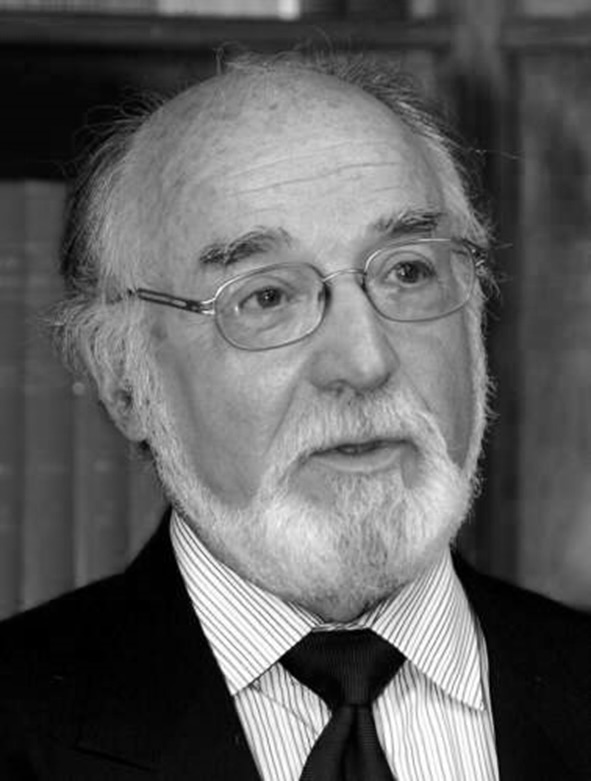 Attorney General Saul Froomkin
Attorney General Saul Froomkin
In early June, as the investigations proceeded, I met with the Attorney General concerning the final disposition of the R v Gosling pornography case and the four stores selling salacious magazines.
“There are certain files in preparation at the moment,” said Chief Insp. Rose. “But any action is still two or three weeks off.”
It is alleged the stores were illegally displaying the glossy magazines by having them less than six feet from the floor, allowing their titles to be visible, and not having them bound so they could not be leafed through.
Clarendon Pharmacy owner, Mr. Harry Viera, who initially criticized Police for raiding his store, said he no longer carried girlie magazines. The outspoken Government backbencher said all of the magazines were removed from the store the day after the raid. “We no longer carry them,” he said. “They are more trouble than they are worth.”
“Mr. Barrie Meade appeared for the Crown, in cases against the Bermuda Drug Company, (Woodbourne Chemist and Phoenix Drugstore); The Book Rack Ltd. (Hamilton Pharmacy; and Solutions Ltd. (Clarendon Pharmacy) who were charged with improperly displaying salacious material.
[Separately], Stuart’s was charged with importing obscene material, as was a private individual, Bernard T. “Roger” Gosling.
Reid Young, vice president of the Bermuda Drug Company, pleaded guilty on behalf of the company to improperly displaying a variety of magazines, including Playboy, Penthouse, Genesis and Gallery, in the Phoenix and Woodbourne Chemist. These magazines, the Crown alleged, were not displayed according to regulations, which state that they must be covered and above the reach of children, at least six feet off the ground.
On May 8 Police, acting on a warrant, had seized 234 magazines from the Phoenix and 174 from the Woodbourne Chemist, Mr. Meade said.
Lawyer M. John Cunningham, appearing on behalf of the company, told the court that in the Woodbourne Chemist the magazines were on a shelf six feet, two inches high, and at the Phoenix they were only slightly under regulation height at five feet 10 inches high. He said that a “failure in the system” of the company had resulted in the wrappers being taken off the magazines, as adults would remove them to look inside.
Often, the magazines would be replaced on a lower shelf, Mr. Cunningham added. Originally, he said, the staff would check the shelves two or three times a day, but since the Police raid extra paper bands were being kept on hand to cover any magazines that were tampered with, and more frequent checks were being made to ensure proper display.
Senior Magistrate the Wor. Granville Cox fined the company $250 for improperly displaying the magazines at the Phoenix, and $250 for the Woodbourne Chemist magazines.

Michael DeSousa, manager of the Hamilton Pharmacy, also admitted on behalf of his company to the charge of displaying salacious material improperly, and was fined $250. A total of 158 magazines were taken from the Hamilton Pharmacy by Police on May 8. DeSousa, who was not represented by a lawyer, said that the magazines had been displayed above regulated height, but that the management had not been aware that covers were necessary.
Keith Cabral, manager of The Book Rack Ltd., in the Wahington Mall, also pleaded guilty on behalf of his company to the charge, and was fined $250. Lawyer for The Book Rack, Miss Elizabeth Jones, told the court that the store had opened last September. The owners had previously worked at another book store and they knew about the six-foot regulation which they had followed, but they did not know that covers were required. The situation had since been rectified, she added.
Harry Viera, MP, appearing on behalf of his company Solutions Ltd., which has the Clarendon Pharmacy as a subsidiary, also admitted the charge and was fined $250. Mr. Meade told the court that Police, acting on a warrant, confiscated 128 magazines from the Clarendon Pharmacy on May 8.
Viera said that the magazines were displayed more than six feet above the ground, but they were not all properly covered. Since the day of the Police raid his store no longer carried salacious magazines, he added. When it had, he said, the management were in an “impossible situation”, as there was nothing to stop people coming in and tampering with the magazines. He said that they bought the magazines from Magazine Distributors on South Shore Road, and they also should take some of the responsibility for covering them.
Crown Counsel Mr. Barrie Meade, prosecuting, told the court that CID officers had searched the Reid Street store in January 1985.
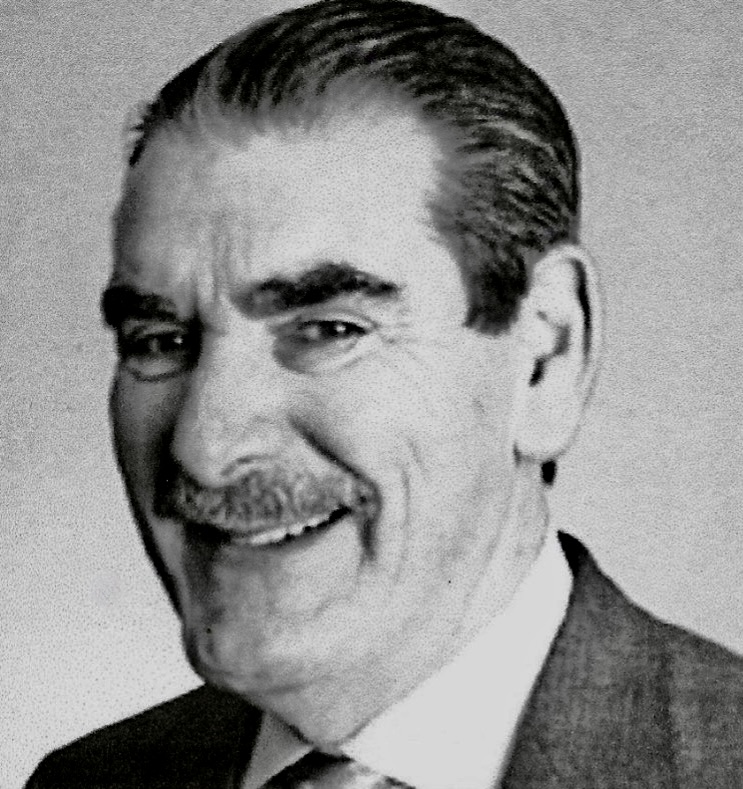 Crown Counsel Barrie N. Meade
Crown Counsel Barrie N. Meade
They found evidence, Mr. Meade said, that between March 16, 1982 and January 9, this year the store had imported into the Island a total of 80 pornographic video cassette movies as part of larger shipments of movies. Rego, as managing director, had taken full responsibility for the offence, he added.
Mr. Richard Hector, defending, told the court that over the last few years Stuart’s had ordered shipments of movies for Bernard Gosling as part of their regular business. Gosling would bring in a list, and Stuart’s would order the material on that list, Mr. Hector said. When the shipment arrived, he said, Gosling would then come in for the movies or Stuart’s would deliver them.
The people at Stuart’s he said, did not check the contents of the movies, and the titles of many of them were perfectly innocent.
He said that Gosling, who was fined $200 on July 8 for importing obscene material, had been the real importer of the movies while Stuart’s was just the agent, and he asked Senior Magistrate the Wor. Granville Cox to give a sentence that reflected the small part the company had played.
He suggested a light sentence was appropriate as a warning to other companies to check the material they imported. Mr. Cox fined Stuart’s $200, and ordered the tapes destroyed.
Interestingly, as far back as April 1967 and again in 1971 the Royal Gazette had carried similar stories as follows:
But the largest magazine distributor in Bermuda called remarks by Mr. Gilbert Darrell, M.C.P., in the House of Assembly about “lewd” and “lustful” magazines “most narrow-minded indeed.”
Mr. John Young of the Phoenix Drug Store, who also operates Magazine Distributors, which brings the majority of magazines to Bermuda, said: "I think Mr. Darrell’s remarks in the House were most narrow-minded indeed. Playboy, for instance, is sold all over the world and is an accepted magazine for adults and the other magazines are similar to this.”
Mrs. Baxter added, Mr. David Gibbons of Gibbons Company who operate the Medical Hall and the City Drug Store said that the Medical Hall had never sold such magazines and that ones at the City Drug Store were sent back over a month ago before Mr. Darrell raised his complaints.
Mr. Eric Rothwell, manager of Robertson's Drug Store in St. George's, said that he did not know of Mr. Darrell's complaints.
May we congratulate Mr. Gilbert O. Darrell, through your paper, for the courageous stand he has taken with regard to the magazines sold at local newsstands. This is, indeed, a very serious matter, although we note it was treated with an air of levity in the House of Assembly. Untold damage can be done by permitting the sale of pornographic literature. The minds of our young people are constantly being attacked with the most outrageously indecent pictures and “literature" on display at the newsstands. A magazine importer was quoted as saying that one of the magazines “was sold all over the world” and that Mr. Darrell was being a “bit narrow minded”.
One of the problems of our youth today is that this tripe is being sold all over the world. It takes a little backbone to prevent its being sold in this part of the world! As for the remark on narrowmindedness, if parental concern for healthy minds for their children is being narrow-minded, so be it. We are constantly on the lookout for our children’s physical health — let us be as concerned at least over their mental health. Let us give our children a chance to develop and mature in a reasonably clean atmosphere so that when this material is thrown in their faces in later years they can dispose of it promptly as mature adults. It is the duty of every parent to contact their M.C.P. to support the weeding out of this pornographic literature, and to let them know parents are interested in protecting their children from this disease.
It is understood from the interview with the Attorney General that the “pressure of other work has put it (a revision of the Prohibited Publications Act) lower in the priority list.” Let us give the Devil his due and get a higher priority for this action. Keep Bermuda Beautiful Inside, as well as Outside!
Sincerely,
(Mr. & Mrs.) LEE E. GOODWIN
Mr. Gilbert Darrell. M.C.P., who launched an attack on alleged “lewd and lustful” magazines in the House of Assembly last Friday, will be checking the paperback books that he is selling in the Flatt’s store of Darrell and Seaman, in which he has a part ownership.
He said that he would be doing so following a complaint to The Royal Gazette that someone had bought a copy of a paperback entitled “City of Night” which had been banned in Britain by the government. Mr. Darrell said yesterday: “If I had known that such magazines or books were being sold in my store I would have done something about it. Now that you have told me I will call the people who run the store and tell them to check the books.”
Mr. Darrell said that the book “could have been” bought at the store and added that he did not know what books went onto the shelves there.
A check yesterday by The Royal Gazette failed to find a copy of the book "City of Night” on the book rack of the store.
In a letter to The Royal Gazette last week, a resident alleges that pornography is rampant in Bermuda. He claims that a film recently presented by Film Group Bermuda in a hired hall to a packed audience contained pictures of acts of raw sexual perversion, and that the dialogue was coarse.
The complainant, who wishes to remain anonymous, further alleges that other pornographic films have been shown at private sessions, and asks — “How are these films smuggled in? Is there any law prohibiting their showing?”
Of the film said to have been shown by the Film Group, and about which he complains, he says he did not himself see it, but was told by a person who was present at the showing that "Not one person protested at any time against the disgusting language or the various acts of sexual perversion exhibited."
The Royal Gazette understands that recently the Film Group Bermuda showed a film entitled “Trash” which has been produced by Andy Warhol who once set up a camera outside the Empire State Building in New York, kept it rolling for eight hours, and made a movie out of it.
In a notice which the Film Group — a private club whose showings are open only to members — sent to its members, it clearly stated that Warhol’s films were considered to be slightly erotic by some people’s standards, and anyone “whose sensitivity might be offended” was not advised not to attend. When told of the allegations, the executive committee of Film Group Bermuda issued a formal statement.
In it they said:
"The aims of Film Group Bermuda are to offer members films from a wide variety of countries, which will not only entertain but also cover a broad spectrum of artistic, social, and cultural values. Since inception. Film Group Bermuda has shown 19 feature films from 11 different countries covering drama, documentary, comedy. classics, and silent films. In all cases these films were released by major reputable distributors and have been reviewed by most national and international newspapers and magazines.”
The man who complained to The Royal Gazette felt that the authorities were lax in censorship. However, since Film Group Bermuda is a private organization and viewing of films is restricted to members only, censorship is not necessary. There are approximately 500 members in Film Group Bermuda, and on the night in question, about 30 members were present. The question of what is pornographic or what is obscene is difficult to define.
The question came up last year when over 4.000 people signed a petition calling for legislation to control the sale of books and magazines which certain members of the community considered detrimental to the impressionable minds of the youth of Bermuda.
Mr. Frederick Wade M.C.P., felt that censorship should be left entirely to the individual.
Mr. Austin Thomas, a member of the committee, said that it was “impossible to legislate people’s minds. The responsibility for guiding and training these impressionable young minds rests with parents." He went on to say that he believed obscenity and pornography were really matters of the mind.
The chairman, Mr. Galloway, expressed the opinion that a “nude picture is not necessarily obscene or violence provoking.”
Some years ago, when censorship was much stricter in the United States and Britain than it is today, showings of films involving sex were restricted to film clubs. Most of these films were made in France and Italy.

